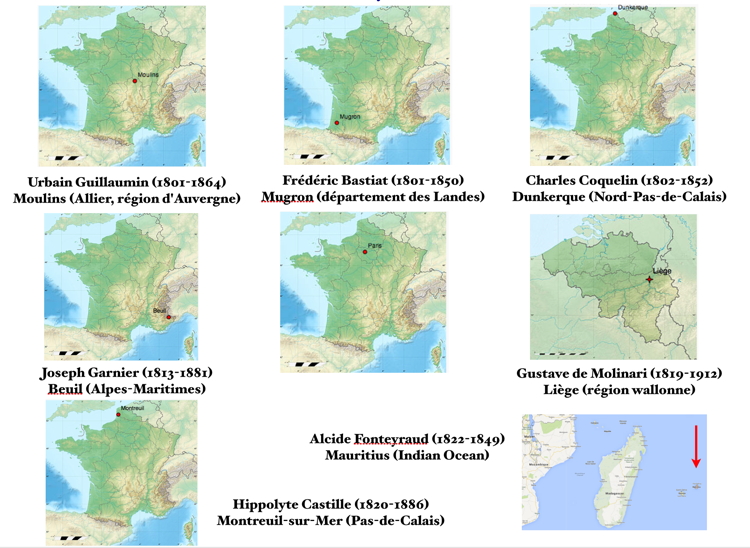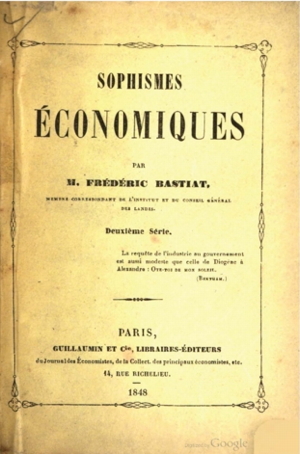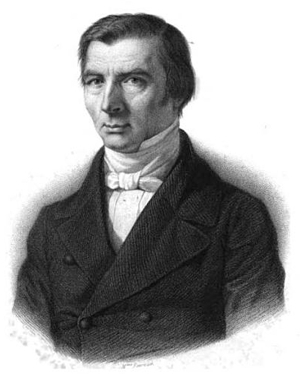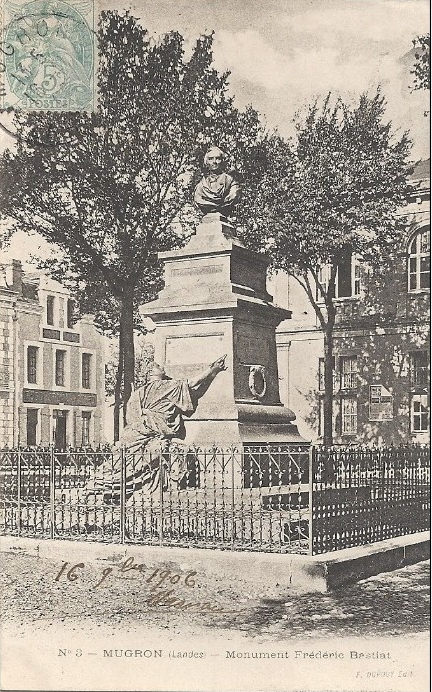
See the full paper at my main website.
This is part of a book-length “introduction” (300 pp.) I have written to the translation of Molinari’s Les Soirées de la rue Saint-Lazare (1849). It includes a brief biography of Molinari; a discussion of the struggle against protection in France from the 1820s to the late 1840s; the socialist attack on private property and the legitimacy of profit, interest and rent in the 1840s; a brief history of the popularisation of economic theory and the role played by the “conversation” format; Molinari’s and the economists’ activities during the 1848 Revolution; and Molinari’s theory of liberty and the “natural laws” of political economy which he presents in Les Soirées.
Abstract: In Paris in the 1840s there emerged a very special and unique collection of individuals who came together to promote classical liberal and free market thought and to fight socialism and interventionism. I call them “the Seven Musketeers” of French political economy. The term “Musketeer” comes from Gérard Minart’s new biography of Gustave de Molinari (2012) in which he described Frédéric Bastiat, Molinari, and 2 other colleagues (Guillaumin, Coquelin) as “The Four Musketeers”. This is quite appropriate as Dumas’ popular novel came out in 1844 [it was serialised in Le Siècle] and Bastiat, like D’Artagnan, came from the south-west province of Gascony. These economists formed a close band of liberal intellectuals and activists in Paris who were fighting protectionism and socialism not the Protestant enemies of the King of France as the original Musketeers were. My research has revealed that 7 individuals actually fit this description. They are made up of two generations who were key figures in the classical liberal and political economy movement. The 1st were born around 1800 and were in their mid to late 40s in 1848; the 2nd were born around 1820 and were in their late 20s in 1848.
Continue reading →




